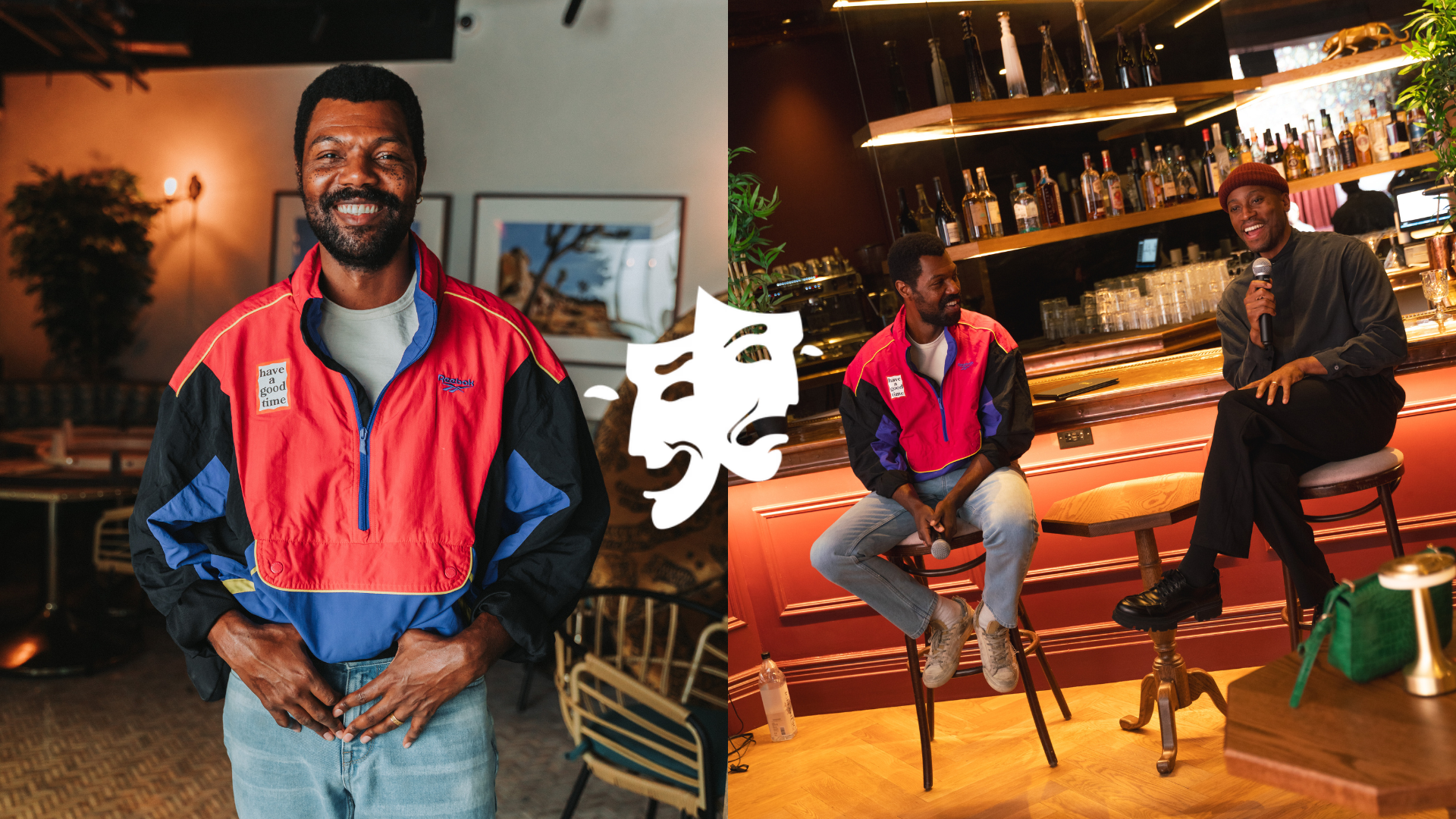
Beauty is a complex, multifaceted term that varies across cultures, time periods, and societies. Beauty is not valued only through aesthetics or audience gazes, but is deeply embedded in our individual values and self-esteem. As women growing up with expectations about how to become beautiful, it's important to celebrate the diverse beauty we should embrace, as we are all different beings, which is the beauty of life.
On one hand, globalization and social media share a cross-cultural visibility expanding our understanding of beauty—spotlighting natural faces, fuller bodies, and non-Western aesthetics that were once ignored or stigmatized. But on the other hand, this same global circulation of images creates a kind of "beauty algorithm": the same nose, the same laminated brows, the same lip shape, the same contour techniques, the same TikTok face. Even procedures meant to enhance individuality often result in identical silhouettes. Globalization promises diversity, but it also spreads a single, superficial idea that falls into uniformity. The 90s blowout hairstyle, the Sabrina Carpenter makeup routine, the Sephora Elephant Drops, Charlotte Tilberry’s new pumping $46 gloss, etc. Something that we all fall for as young individuals living in Gen Z society. The result is a paradox: a world where more faces are represented, yet fewer look distinct. Beauty becomes both more inclusive and more standardized—freeing in theory, but narrowing in practice.
Often, factors of beauty are dictated by historical backgrounds and social influence. For instance, Egyptians valued symmetry and cleanliness in a woman's face. The cultural significance resembles that of Cleopatra, using malachite eye shadow and kohl eyeliner, emphasizing the importance of appearance in social and religious life. Cleopatra was a "woman of surpassing beauty, and at the time [48 BCE], when she was in the prime of her youth, she was the most stunning," according to Julius Caser, one of many admirers. Her beauty was considered elite due to her symmetrical facial features. Her oval face, flat chek with marked cheekbon and flat forehead, a curved brow that falls straight over the bridge of the nose, wide and pointed almond-shaped eye with a heavy incised upper lid passing over thin lower lid at the outer corner of the eye, a prominent nose, fairly full lips with a downturned corner of the mouth, a small round and projecting chin, a smooth neck, and glistening luscious dark hair created her as the idolized Egyptian goddess in the 3rd century history.
Looking at the beauty values the Egyptians took into account, we can see that spiritual and cultural identity play a significant role in much of the beauty they valued. Beauty can be seen as someone who holds power, inspires admiration, and commands respect.
As someone who is bi-racial, I love to value all beauty standards worldwide. I am half-Japanese, and as I know, in Japan, having pale, flawless skin is already rule one for being considered beautiful. Beauty and elegance are greatly emphasized in hair care, whether through specific hair masks, a nutrient-dense diet rich in vegetables and seaweed, slim, delicate features linked to confidence and positive reinforcement, or cultural rituals. These cultural rituals could be as traditional as engaging in tea ceremonies, performing conventional feminine performative acts of elegance, or following a skin-care and makeup routine to maintain flawless skin. Lastly, being in delicate shape, women are often petite and therefore very lean, as this is a genetic and idealized beauty standard now, as opposed to history. It is usually associated with social status in Japan, with these sets of features influencing women's beauty and societal perceptions.
Some even argue that the relationship between beauty standards and insecurity issues. This can lead to some going through plastic surgery, as in some places like Korea, plastic surgery is idealized. Korea has the highest rate of cosmetic procedures per capital. Korean women's skin is literally glass! Beautiful! However, Seoul, the capital of Korea, is also known as the world's most significant plastic surgery capital. Why is this? K-pop stars look a certain way, meeting these top beauty standards—a V-shaped face, large eyes, and fair skin. Celebrities were open about the work they were getting done in the 90s and 2000s, making it a socially accepted form of self-care. That goes to show you that beauty standards stem from the mass consumption we see regularly online, in commercials, and from celebrities, which we compare ourselves to. We like to perceive beauty through these figures, which can sometimes be an expensive, mentally distorting principle for women. It is even argued that the surgery will help women become successful if they meet the specific beauty standards an employer might set.
However, what does this say about globalizing beauty standards? In recent years, there has been an increase in inclusive beauty standards, with brands and media outlets featuring diverse models who celebrate all forms of beauty. This shift reflects a broader and better-established recognition of representation in the global beauty industry.
Beauty standards are complex, so understanding the dynamics of beauty is crucial for appreciating the different ways it can be understood and perceived. As we live in a globalized marketing system, we can only continue to evolve such beauty standards by reflecting both the homogenizing focus of globalization and the countervailing trends towards diversity and inclusivity.
Photo credits: Jagriti Sharma








